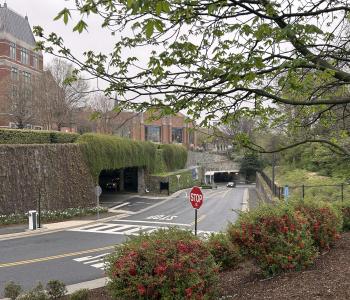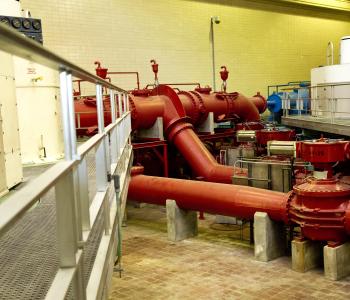Additional Lead & Copper Rule Compliance Sample Results Add
March 11, 2005 - The DC Water and Sewer Authority (WASA) is encouraged by a continuing downward trend in lead levels in compliance samples for District of Columbia tap water.
The District of Columbia continues to exceed the action level, and affected consumers should continue to follow precautions, including the flushing advice and the use of certified water filtration systems, as appropriate. However, we are very pleased by this significant and measurable trend, said WASA General Manager, Jerry Johnson.
Under the Lead and Copper Rule, WASA is required to collect a minimum 100 compliance samples between January and June, and a second set of 100 compliance samples between July and December each year.
Today, WASA announced the results for compliance samples from 51 households taken from February 22 to March 2, 2005. The 90th percentile level for these samples is 14 parts per billion. The results from this partial sample set is below the 15 parts per billion 90th percentile level that is the USEPA trigger for exceeding the lead action level under the USEPA Lead and Copper Rule.
Of the 51 sample results collected so far in 2005, 39 were from residences that were tested between July and December of 2004. Last year, 14 of these 39 samples exceeded the action level. When tested again in 2005, 10 of these 14 fell below the action level, and the remaining 4 that exceeded the action level last year showed a significant reduction in 2005.
Johnson said, WASA reported the results from the first 19 compliance samples taken from homes in 2005 earlier this week. The decline in these additional 32 sample results is consistent with a trend detected in the fourth quarter of 2004.
This promising trend is being attributed to the addition of orthophosphate by the U.S. Army Corps of Engineers Washington Aqueduct, which produces and supplies the water WASA distributes to District residents. Orthophosphate was added to the system last August.
Johnson stated, WASA continues to aggressively monitor its distribution system to ensure that water quality is being maintained, and that no adverse affects have resulted since the addition of orthophosphate. We anticipate completing the rest of our compliance sampling by early May.
###








